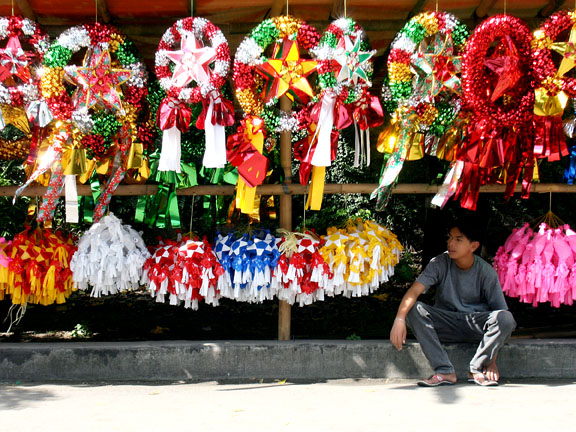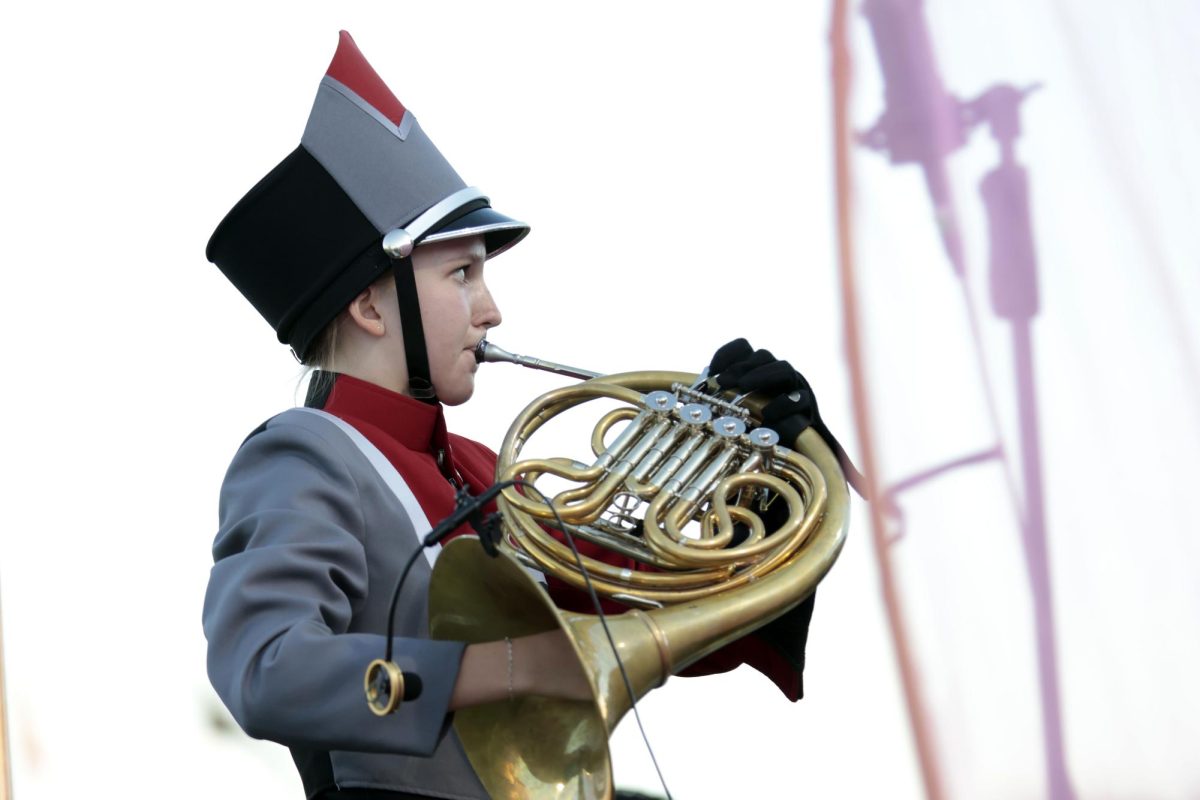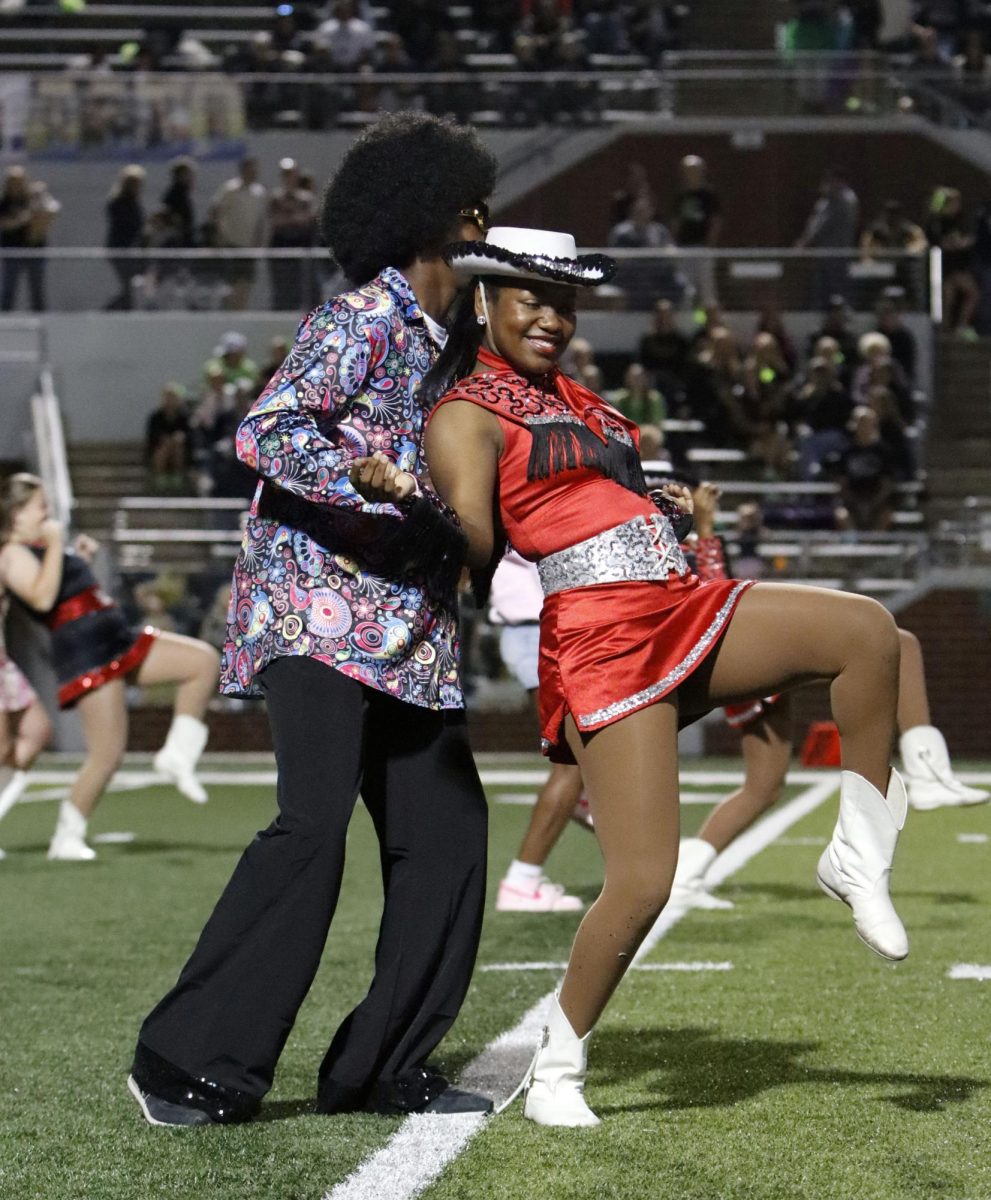
Ahh, Dec. 25. The day celebrating gift giving, joy, family and the coming King of Kings. Christmas is celebrated by many different cultures all over the world, so The Rider has compiled a list of holiday traditions in other countries.
Brazil:
A traditional Brazilian Christmas begins with something referred to as the “13th Salary,” where workers receive double their usual monthly salary to help them buy Christmas presents. Known as Papai Noel, Father Christmas, Santa will exchange children’s socks left by the window for a present. Secret Santa, or amigo secreto (secret friend), has been a longstanding tradition in Brazil.
France:
French homes are often decorated with nativity scenes, and policemen, butchers, bakers and others often join the traditional nativity characters. The yule log, midnight church services and Père Noël (known as Father Christmas) accompany French Christmas. However, French children also dread the coming of a second visitor: Le Père Fouettard, a man in black, travels with Father Christmas to spank misbehaving children. Think Krampus with baguettes.
Japan:
Every thought turkeys got a bad rap over the holidays? Well, America’s favorite Christmas bird will be kept safe until next Thanksgiving given that the staple food in the Japanese Christmas celebration is Fried Chicken. KFC has it’s work cut out for them on Christmas Day. People even reserve food for their family weeks in advance.
Due to the lack of Christians in Japan, Christmas has been viewed as a time to spread happiness rather than a religious holiday. It’s almost like Valentine’s Day in December where many couples go out to see the Christmas lights or have romantic dinners. Christmas has not been recognized as a national holiday, so most businesses and schools don’t close on Dec. 25. However, the New Year celebration provides a week-long break. Santa-san, or Mr. Santa, joins Hoteiosho, the Japanese god of gift giving, in providing gifts to the Japanese.
Kenya:
Christmas remains a very important holiday in Kenya because it marks one of the only times of the year where families can get together leading to a mass travel out of the cities to the villages. After all, “there’s no place like home for the holidays!” Families will often travel to church for a midnight service, and once the worship, dancing and nativity plays end, Kenyans return home to party the night away. Santa, often arrives on a camel, bike, or car instead of by sleigh. After staying up all night, people participate in a few small gift exchanges, but the emphasis remains on being together rather than gifts.
Mexico:
The Christmas celebration in Mexico often begins on December 16th with the Posadas procession. People decorate and design nine houses as Posadas, the Spanish word for “shelter.” Each day from the Dec. 16 to Christmas Eve, children go to a house, sing a song about Mary and Joseph needing a place to stay and get turned away by each of the first eight houses. Then, on Dec. 24, the last Posada lets the children in, and they place the clay Mary and Joseph in the home’s “nacimiento,” or nativity scene. After the children find the final Posada, families go to church and then return home for a Christmas eve party, Piñatas and all. Gifts are either brought on Christmas Eve or el Dia de los Reyes (King’s day, or Epiphany) by El Niñito Dios’, or baby Jesus, and Santo Clós, or Santa Claus.















